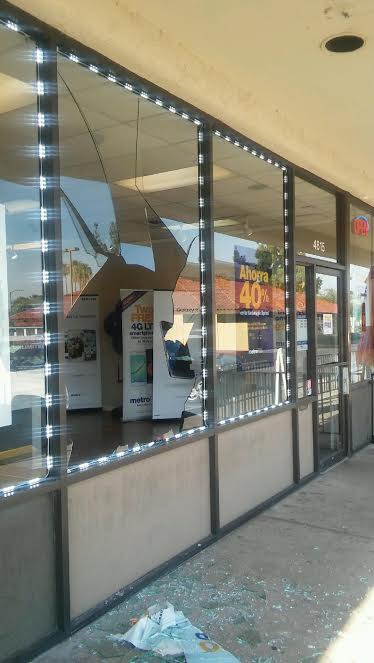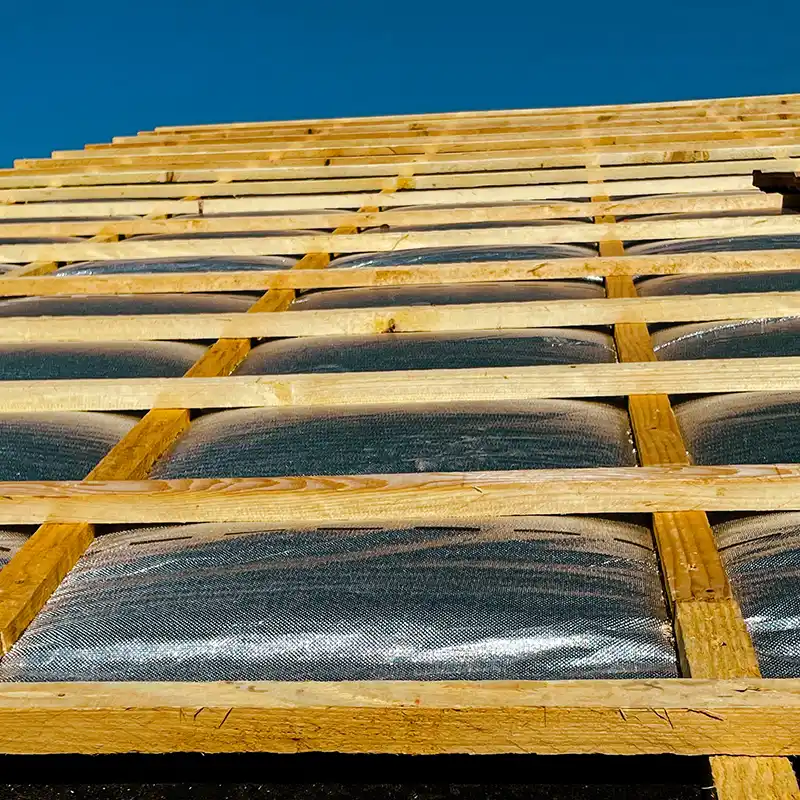A Complete Design Guide To Transform Your Patio Area

It is very important that the whole base layer is well compressed. If it's not compacted firmly, the dirt will shift therefore will your pavers. When you're collecting your supplies, you'll wish to take into consideration the sort of material that will fill out the gaps between the concrete pavers. For our patio we chose to surprise the brick joints, which brought about partial bricks where the area satisfied the bordering preserving wall surface. Plus, with rounded patio area edges and square blocks, we had to reduce a lot of the edge pavers diagonally. flexible-base system requires a minimum of 4 inches of gravel as the base. Once this has been placed in the excavated bed, smooth it and compact it.
Straightforward Backyard Ideas
Add decorative components, outside lights, and potted plants to improve. Sealing and grouting, if essential, with a cement mixer; grout joints should be smoothed and excess grout eliminated with a cement sponge.
Luckily, the options suit various spending plans and capabilities. Pavers and poured concrete offer an elevated design with even more installment initiative. Choose the right do it yourself product for your lawn based upon expense, offered tools, and skill degree. After setting up a tamped, leveled crushed rock base lay pavers in your preferred pattern.
Concrete Block Paving
The stone's natural contours, borders, forms, and colors can personalize the appearance. Pavers lug a greater price and installation time than other materials however can be a beneficial financial investment. You'll then spread out a four- to five-inch layer of angular gravel. Tamp it down securely and apply polymeric sand to load the voids between rocks. When selecting the ideal products for expanding your patio area, it is very important to think about prices and the time commitment required for installation. If your pavers are a conventional 3" deep, you'll want to dig to 9" for a patio established on sand and crushed rock, and to 12" for patio areas embeded in mortar.

- For an extra seamless installation and effective results, timetable the job within the very best climate home windows.When constructing a patio, take into account the different seasons in regards to temperature level, rainfall, and material option.We employed a pump vehicle for $180 and included fiber support in the mix, and our complete price concerned $116 per cubic yard.To use, you mix the liquid and powder elements of the system into a smooth uniformity and apply it to the bottom of the blocks.The rest of the products needed for this task would certainly have been the same, regardless if I made my pavers, or bought them.
If you began in the morning, I believe you could absolutely do this in one day. Concrete pieces are the most affordable option for a solid ground patio flooring, setting you back around $3 to $8 per square foot on average. Gravel is a little much less, concerning $1 to $4 per square foot, yet you'll need to replenish it every so often, which can add up over time. To hire a professional to develop your outdoor patio, contact at the very least three local patio area firms to compare quotes. The cost to mount a patio area is $10 to $50 per square foot-- consisting of products and labor. Order pavers in different sizes and shapes, so you need to make less cuts and can fill up the entire area.
Most Recent Material Concerning Outdoor Patio
For novice DIYers, advanced tasks like pavers and poured concrete outdoor patios frequently take two to three days. I advise getting additional help as this accelerate the work considerably. Relying on the type of paver base and pavers you're using, strategy to dig anywhere from 4 to 7 inches deep. You want your pavers to sit at or slightly above ground level. After you dig, use a hand tamper to compact the dirt and make a firm base. When it comes to base layer and leading layer materials, a landscape supply business in your area will recognize the most effective base material for your patio area pavers.
For efficient drain and to develop a secure, non-slip outdoor area, use landscaping material and a crushed rock base. Exact leveling takes initiative, but the benefit is a tough and consistent base throughout the setup process. Outline a crushed rock base that is the ideal thickness, compact it using a rental plate compactor or hand tamper, and ensure the surface area is level. [newline] Before starting the job, collect all the required products and devices. Paver rocks, gravel, sand, and edging material are common products. With all the pavers set as you need them, you can start completing the voids. Make use of the square nosed shovel to scoop the sand or paver dirt and location it right into the joints, yet just include about 1/2- 3/4" of the paver dust/sand.No fancy devices are called for, just a pick axe to loosen up and remove the yard, and a steel garden rake to smooth the area. By following these steps and preserving clear interaction throughout the process, you'll be well on your way to producing the outside room of your dreams. Depending on the paver material you select, anticipate to pay around $1,700 to develop your very own paver outdoor patio.
The primary step is to identify the area of your outdoor patio. Remember the orientation of various other structures and landscape functions in relation to the patio, in addition to access to color, sunshine, etc. We made certain to keep our format square with the side of your house, with the front of the patio lined up with the front of your house. DIY concrete patio area putting is absolutely manageable with excellent preparation, tools, and help. However, mixing, pouring, and finishing concrete is labor-intensive. Beginners might have a hard time to achieve correct concrete uniformity, slope, and level of smoothness.